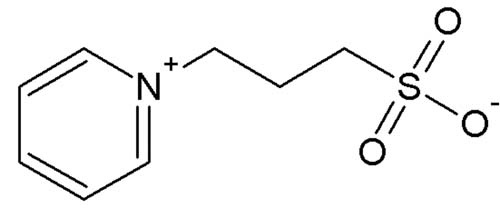There are several contemporary methods for protein purification. Some techniques are very powerful, such as reverse phase chromatography, immunoadsorption, or affinity chromatography. However, these methods may ultimately denature protein and negatively impact the desired product. Likewise, recombinant proteins recovered from inclusion bodies are often aggregated and nonfunctional. In all of these situations, the purified protein product must be renatured for further use.
Role of Non-Detergent Sulfobetaines in Protein Purification
Topics: Protein Purification, Detergents
Detergents and their role in successful SDS-PAGE electrophoresis
SDS-PAGE (sodium dodecyl sulfate polyacrylamide gel electrophoresis) is a common laboratory technique in which proteins are separated by their size by running the proteins through a polyacrylamide matrix by applying an electrical field across the matrix. A native gel electrophoresis is when there aren’t any detergents present while running the assay. This means that the factors affecting the rate of migration for proteins in a native gel electrophoresis assay are the protein’s molecular radius and total net charge across the protein. The molecular radius is determined by the complex tertiary structure and the net charge is the sum of all the positive and negative charges across all the protein’s amino acids. While native gel electrophoresis has its uses, it can be very challenging to interpret, proteins can migrate to either of the electrodes and can separate variably based on their tertiary shape. For these reasons most electrophoresis assays are run with some detergent present (usually SDS) so that only one factor (protein size) influences the rate of migration.
Topics: Protein Electrophoresis, Detergents
Importance of detergent micelle levels in membrane protein purification
Detergents form micelles which can trap hydrophobic molecules into these micelles and allow the extraction of membrane proteins through solubilization. The “Critical Micelle Concentration” or CMC of a detergent is the concentration of a detergent in which micelles start to form. Detergents belong to a class of compounds called surfactants. They are indispensable when working with integral membrane proteins and are able to partition into biological membranes, extract proteins, and maintain protein solubility in solution. Detergents are useful in a wide variety of applications as well including PAGE, inclusion body solubilization, and lipid raft preparation. Determining the CMC allows you to choose which detergent may be best for a particular application. This can be done by a variety of methods including light scattering or measuring the surface tension, both of which can be time consuming and expensive. A simple method is by plotting optical density of solubilized dye against detergent concentration described by Brigitte Vulliez‐Le Normand and Jean‐Luc Eisele. G-Biosciences' Optimizer blueBALLS™ uses a similar principle to help determine CMC.
Topics: Detergents
Precautions with SDS Stock Solutions Preparation | G-Biosciences
Sodium dodecyl sulfate or SDS, is an anionic surfactant (detergent) commonly used in research lab due to its multiple functions.
Topics: Detergents







